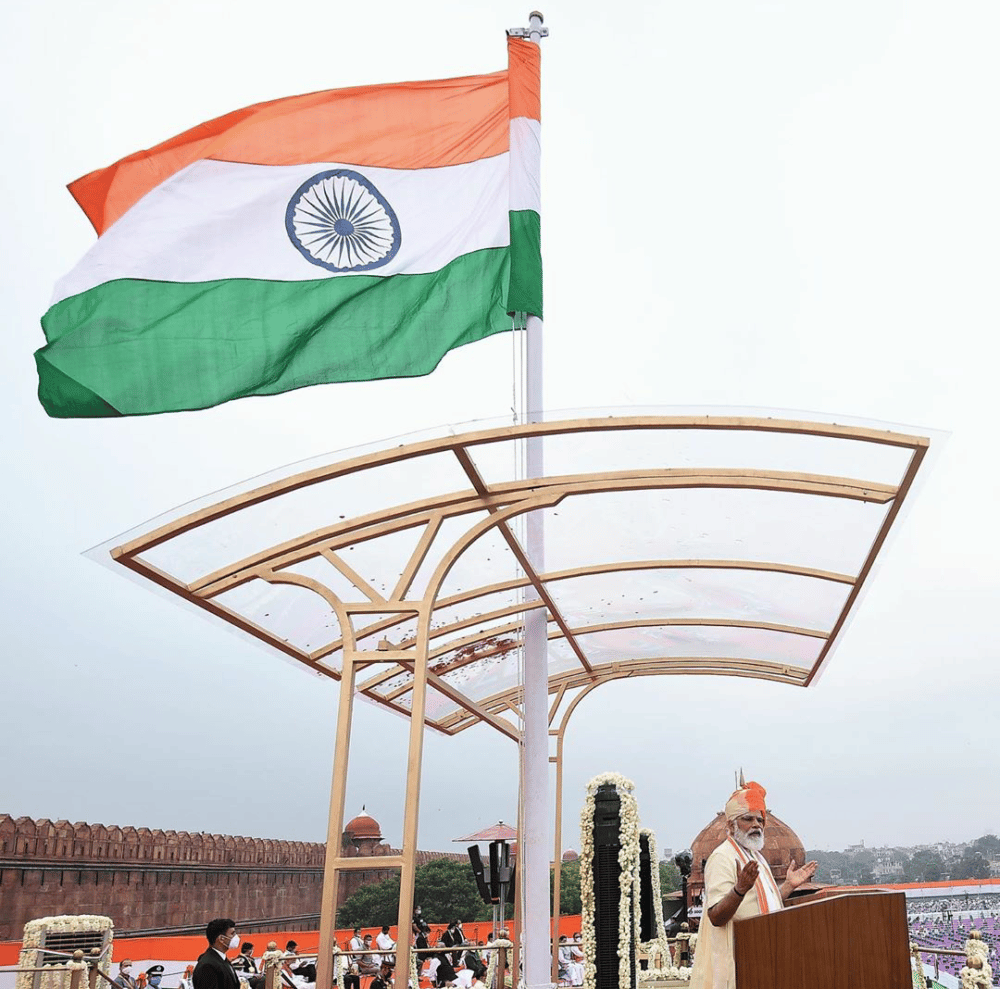What is the national health ID system? What was the original proposal for the health ID? Which systems does the national health ID interact with?
The national health ID will be a repository of all health-related information of a person.
Prime Minister Narendra Modi’s announcement of a national health ID for every Indian is a way long back from 2018 Niti Aayog proposal to create a centralised mechanism to uniquely identify every user in the National Health Stack.

What is the national health ID system?
The national health ID will be a repository of all health-related information of a person. According to the National Health Authority (NHA), every patient who wishes to have their health records available digitally must start by creating a Health ID. Each Health ID will be linked to a health data consent manager — such as National Digital Health Mission (NDHM) — which will be used to seek the patient’s consent and allow for seamless flow of health information from the Personal Health Records module. The Health ID is created by using a person’s basic details and mobile number or Aadhaar number. This will make it unique to the person, who will have the option to link all of their health records to this ID.
•Reason behind proposal of the health ID-
The National Health Policy 2017 had promoted the formation of a digital health technology system aiming at developing an integrated health information system that serves the needs of all holders and improves efficiency, transparency and experience with linkage across public and private healthcare. In the context of this,Niti Aayog, in June 2018, floated a consultation of a digital backbone for India’s health system — National Health Stack.
As part of its consultation, Niti Aayog proposed a Digital Health ID to “greatly reduce the risk of preventable medical errors and significantly increase quality of care”. This, in addition to the system enabling users “to obtain a longitudinal view of their healthcare records”. This proposal was then further taken up by the Central government with the Ministry of Health and Family Welfare, the NHA(National Health Authority), and the Ministry of Electronics and IT preparing a strategy overview document last month for “Making India a Digital Health Nation Enabling Digital Healthcare for all”.
•Systems national health ID interacts with-
As predicted by various healthcare providers — such as hospitals, laboratories, insurance companies, online pharmacies, telemedicine firms — will be expected to participate in the health ID system. The strategy overview document points out that while option of digital Health ID will be there, in case a person does not want Health ID, then also treatment should be allowed.
•Have there been global instances of such a centralised health record system?
In 2005, the UK’s National Health Service (NHS) started deployment of an electronic health record systems with a goal to have all patients with a centralised electronic health record by 2010. While several hospitals acquired electronic patient records systems as part of this process, there was no national healthcare information exchange. The program was ultimately dismantled after a cost to the UK taxpayer was more than £12 billion, and is considered one of the most expensive healthcare IT failures.
Also, CHeckout: JEE and NEET 2020: Safety protocols to conduct exams